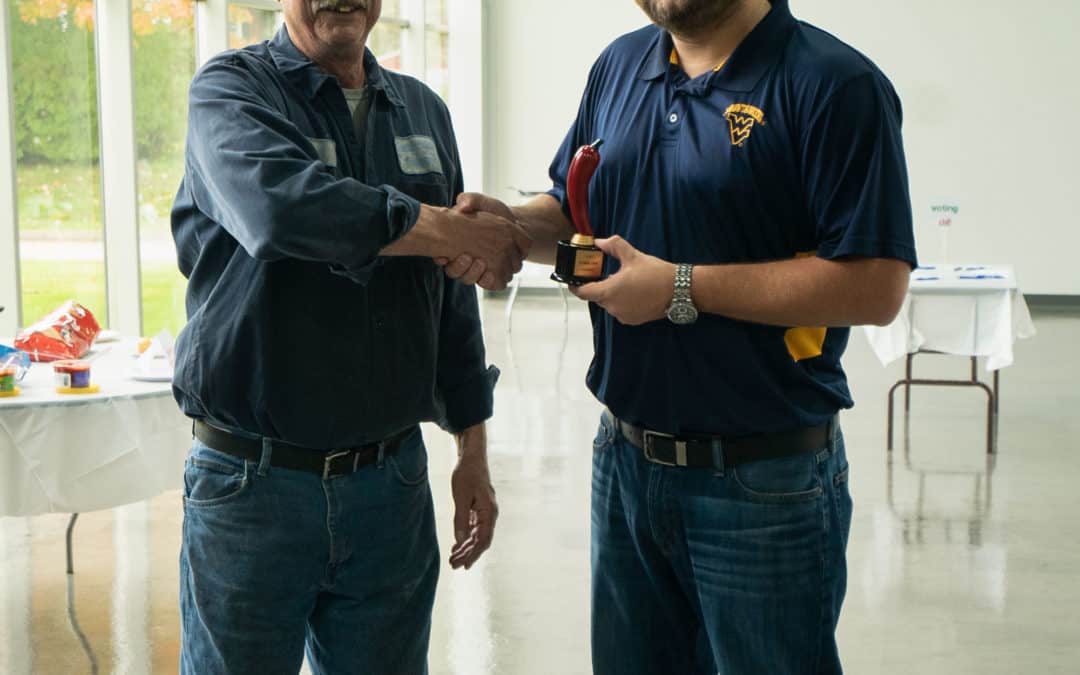
by Erin Long | Mar 5, 2019 | Hidden from Archive
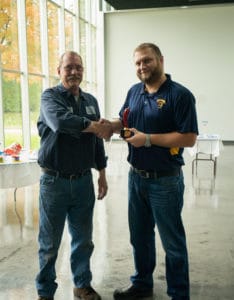 2018 was another great year for the Imperial Systems Annual Chili Cook-Off. There were a total of twelve chilis to try in varying heats ranging from mild to hot. After a taste (or two) of all the chilis, taste testers were able to cast their votes for their three favorite chilis.
2018 was another great year for the Imperial Systems Annual Chili Cook-Off. There were a total of twelve chilis to try in varying heats ranging from mild to hot. After a taste (or two) of all the chilis, taste testers were able to cast their votes for their three favorite chilis.
With names like “Better than Ian’s”, “Much Better than Ian’s”, and “Much, Much Better than Ian’s”, the competition was on. Chilis were served with cheese, sour cream, and corn chips to make for the ultimate chili experience.
Everyone was eager to see if Carl would be able to defend his title and hang on to the trophy for another year. It was a close call, with a three way tie for second place, but Justin Ferrainola claimed the trophy with his “Texas Ten Pepper Chili”. Will Carl and his chili make a comeback next year?
Read more

by Erin Long | Mar 5, 2019 | Hidden from Archive

Recently one of our young associates came into the office and found a small pile of quarters, dimes and nickels laying on his desk and asked where it came from. Another associate claimed responsibility as payback for a debt he owed from the previous day, to which the first replied, “I hate change!” That verbal sparring between a couple work buddies reminded me of a time not too long ago and some good lunchtime camaraderie with co-worker’s past.
 When I began my career as a young draftsman, I was under the tutorship of a Man-Named-Earl. Every day at noon Earl would take his brown bag lunch off to the break room and meet up with several other co-workers for a friendly little card game. The game was called Tonk, and I, being “easy prey” was quickly invited to join the game. Tonk is a simple card game. At the beginning of each round the players all throw a quarter into the pot.
When I began my career as a young draftsman, I was under the tutorship of a Man-Named-Earl. Every day at noon Earl would take his brown bag lunch off to the break room and meet up with several other co-workers for a friendly little card game. The game was called Tonk, and I, being “easy prey” was quickly invited to join the game. Tonk is a simple card game. At the beginning of each round the players all throw a quarter into the pot.
The deal is a five-card hand and the object is to use up your cards to go out first. You used your cards by either creating runs of three or more cards in the same suit, or three or more cards of the same face value. You could lay your runs down on the table or hold them in your hand. If cards were laid on the table other players could possibly play out on your down cards and win the pot before you. A card played on down cards also prevents the player from going out with the low hand. There are three ways to win the pot.
• You can play out first
• You can be dealt Five 10-point cards. 50-points is an automatic winner.
• Or you can gamble that you have been dealt the lowest hand at the table and throw down on your turn. The trouble being, if someone has a hand with an equal or lower point value, instead of collecting the pot you had to pay the pot double.
By the end of lunch there would be a lot of change on the table, usually stacked in front of one or two of the better players. Some of the regular players even keep jars of quarters at their desk to display their winnings, and at least one of the engineers kept a daily log tally of his game winnings (keeping track for the IRS no doubt). Depending on how many were playing, a big winner could rake in as much as five or six dollars in change during lunch. That was worth a little bit more in 1980 then it is worth today.
One of the usual winners of the card games was Earl, and he took great pleasure in “fleecing” young “Newbies” like me. When I first began to play, a lot of my pocket change, and some of my folding money, was routinely divided among my senior colleagues. But over time I learned the strategies to winning. I learned when it was best to hold them, and what could be laid down without fear of being played upon. One game coup is playing out concealed which is referred to as a Tonk. That hand pays the winner double from all the other players. To Tonk, the hand is held until all the cards can be laid down as a winner which means at least a six-card spread. My favorite memory of the game is the first time I took a ‘double” from Earl. He had already laid down a small three card run but held the fourth run card in his hand to prevent his down cards from being played on. He was holding only two cards; a 6 and a 3. On his next turn he was going to declare a low hand win with a total of nine points. It was risky, but usually a sure win as everyone else was still holding 5 cards. He didn’t know I was dealt 2-aces and 3-duces and planned on declaring the low hand had Earl not laid his 3-card run down before my play. I was not sure my 8 points was lower that his two held cards, so I held my hand and let it go by. When Earl put down his nine points to take the win, I slapped my hand down on his and said “Gotcha!” His shocked chagrin turned into a big smile as he said, “I taught you well Kid”.
I personally do not have a dislike for change. You can give me all of it you want too. And if you think I am not going to stoop over and pick up that miscellaneous penny found on the floor, well Good Luck with that.
Read more
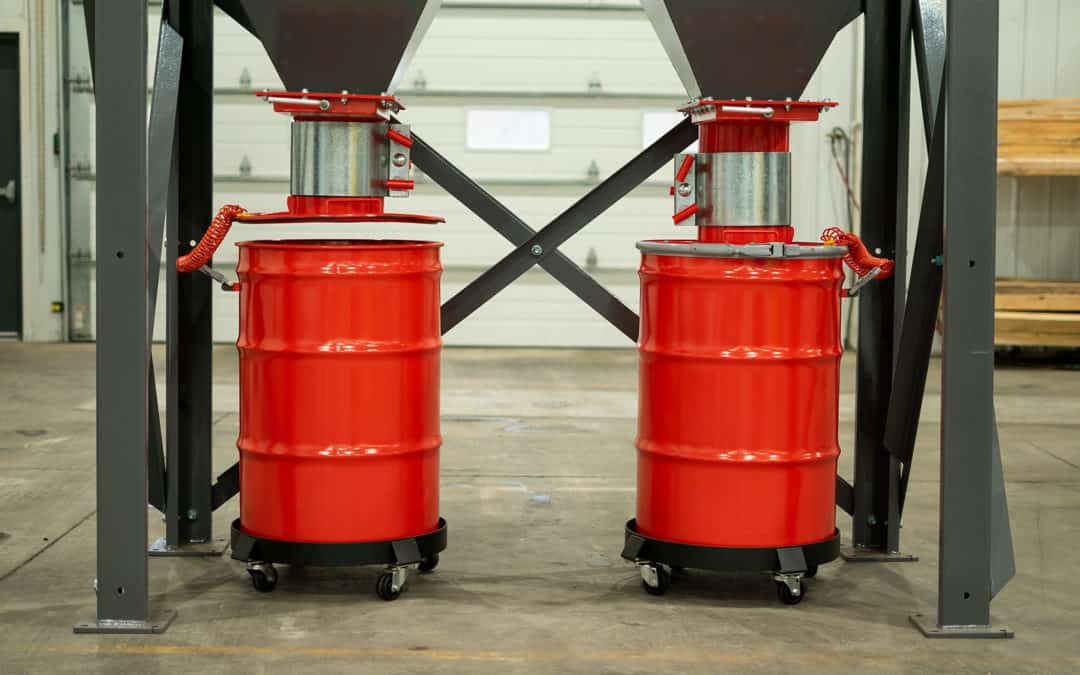
by Erin Long | Mar 5, 2019 | Hidden from Archive
Rhino Drum Replaces Airlock for Passive Explosion Isolation
If your dust is combustible, you’ve probably been told that your system needs an NFPA approved airlock. Airlocks are expensive and complicated pieces of equipment. Now Imperial Systems is offering a simpler and more efficient solution: the Rhino Drum.
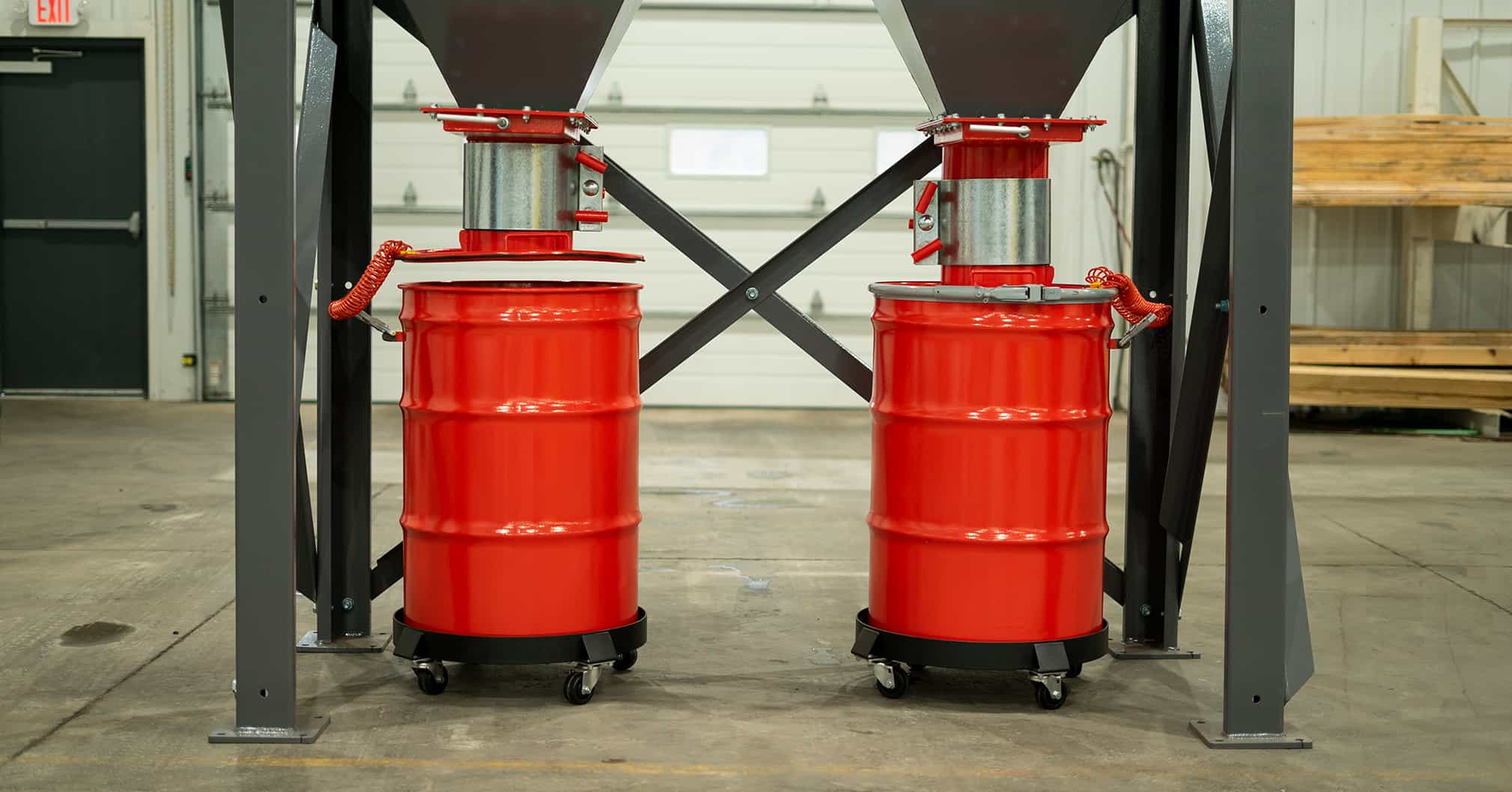
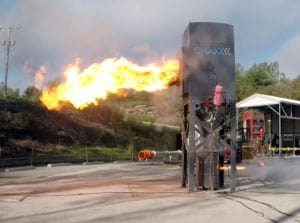 The Rhino Drum is a third party tested and NFPA approved product that takes the place of an airlock for passive explosion isolation. In explosion testing, the Rhino Drum handled up to 7 psi. It meets the NFPA 69 and 654 Standards as a passive explosion isolation device, so if a deflagration occurs, it won’t escape outside the drum.
The Rhino Drum is a third party tested and NFPA approved product that takes the place of an airlock for passive explosion isolation. In explosion testing, the Rhino Drum handled up to 7 psi. It meets the NFPA 69 and 654 Standards as a passive explosion isolation device, so if a deflagration occurs, it won’t escape outside the drum.
A standard airlock requires a motor, starter, wiring, and wipers. It also requires maintenance on all these parts. The Rhino Drum requires no motor or wiring and is virtually maintenance free, with no moving parts. It is far less expensive than an airlock as well as saving time on parts and labor. The simplistic design eliminates many of the possible problems, including injuries, that can happen with an airlock.
The Rhino Drum uses a metal collar to replace connection materials like flex hose, which can melt in an explosion. The twist and lock design has been developed with customers in mind, making barrel changeout easier and quicker. It is also tool-free.
The Rhino Drum features a drum dolly, heavy-duty drum, optional grounding wire, tool-free sliding coupler, and slide gate featuring an improved aluminum handle. One major advantage of the slide gate is that it allows drum changeout without shutting down the dust collector. By simply closing the slide gate, the dust collector can continue to operate normally while the drum is replaced.
The changeout process does not require any tools, and the entire process can be completed by one person (depending on the weight of the full drum).
This product is just one of the many innovations developed by Imperial Systems to provide customers with the best products and make dust collection easier and safer.
Follow these steps to complete the changeout process:
1. Close the Rhino Drum slide gate (if needed)
2. Loosen the t-handles
3. Detach the bonding wire
4. Unsnap and twist off the lid
5. Roll the barrel out
6. Return the barrel and replace the lid and bonding wire
7. Tighten t-handles and open slide gate (if closed)
Learn more about the Rhino Drum Kit as an alternative to explosion isolation valves.
Read more
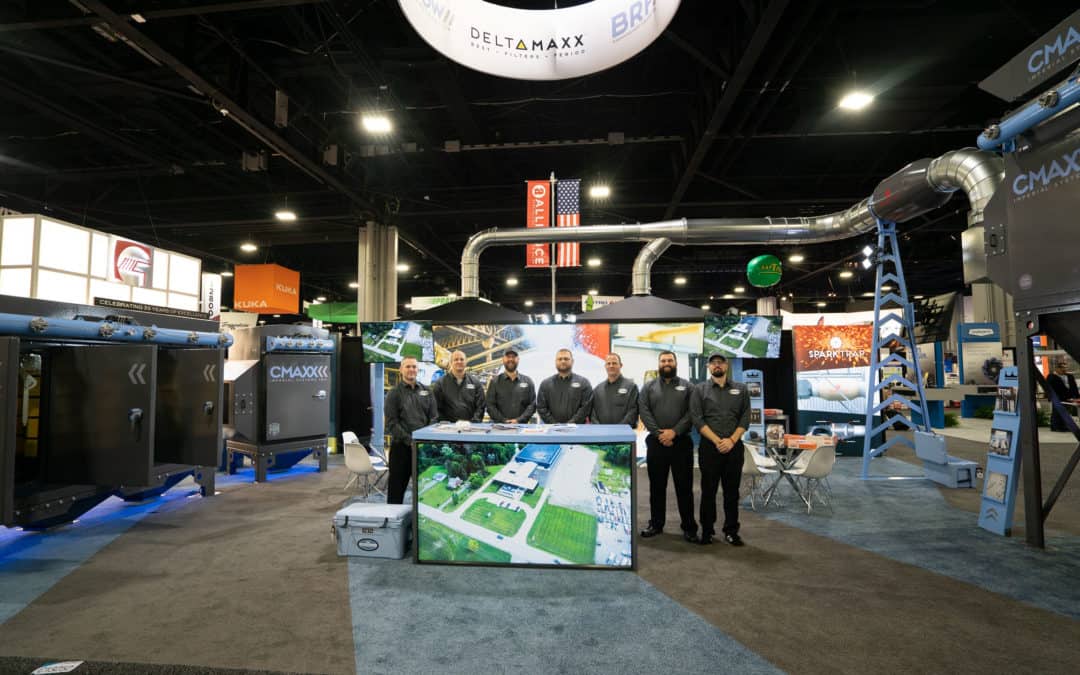
by Erin Long | Mar 5, 2019 | Hidden from Archive
In November, 14 members of the Imperial Systems team and representatives from across the country travelled to Atlanta for FABTECH 2018. As one of the biggest fabrication trade shows in the country, FABTECH is always an opportunity for us to put the CMAXX and other products on display. It’s also a great opportunity to network and meet others in the industry, including potential new representatives and customers.
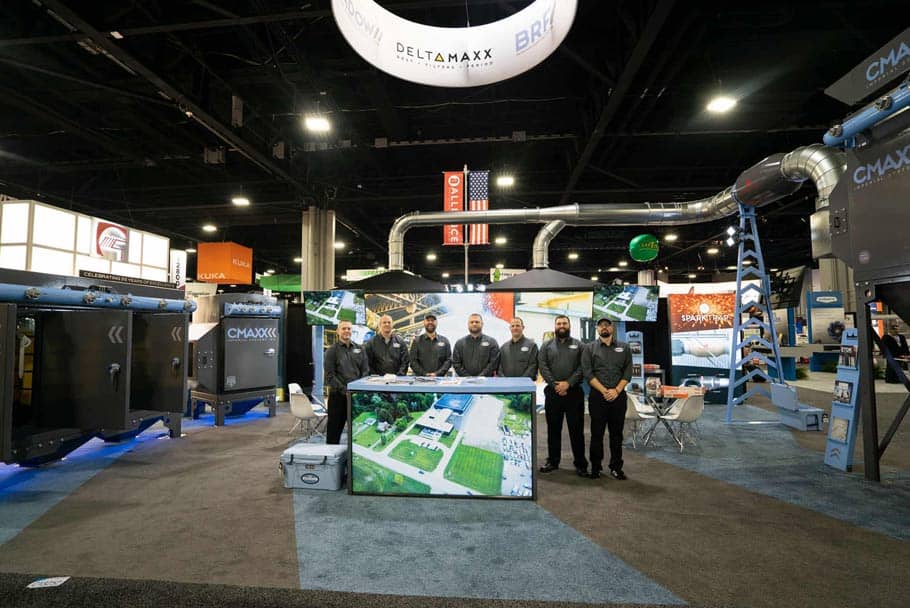
“This year was our best turnout ever,” says Justin Badger, Imperial Systems Sales Manager. Not only did the Imperial Systems booth draw attention with its three CMAXX collectors and other equipment on display, but four other companies also had CMAXX collectors in their own booths. AKS Cutting Systems, Koike, Dynatorch, and Plasma Automation each displayed a CMAXX on their own equipment at the show.
Imperial Systems staff and representatives had the opportunity to meet and talk to many potential customers over three very busy days. The Imperial Systems booth looks better every year as the marketing team works with the sales team to draw attention to our products. This year, an exciting new product was the Rhino Drum, an explosion-tested drum kit recently added to the company lineup.
This was the first year for the Imperial Systems booth to display three CMAXX collectors, and the first time four other manufacturers had their own CMAXX collectors on display with their own equipment. FABTECH is a chance every year for Imperial Systems to demonstrate our growth as a major player in the dust and fume collection market.
“It’s an exhausting couple of days, but it’s completely worth it,” a sales representative says. “It’s amazing how many people come by the booth and want to check out the CMAXX. They want to open the doors, try out the lift rails, check out the filters. They’re always really impressed with the quality.” With more people visiting the booth this year than ever before, more people got to appreciate our products and meet our staff in person.
Read more
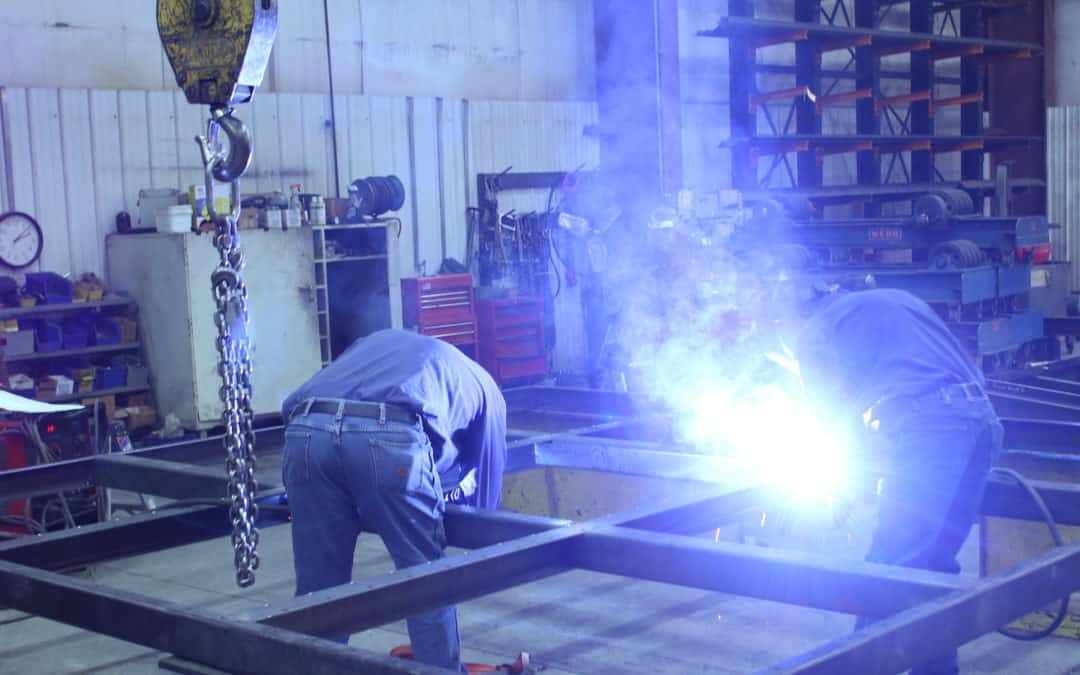
by Erin Long | Feb 7, 2019 | Weld Fume
Welding can be a dangerous job. Specifically, weld fumes contain a mixture of metals that can cause serious health damage. However, welders can work safely and stay healthy with an industrial ventilation system keeping the air clean.
What Are Some Health Risks for Welders?
Welders work very closely to the metal they are welding. So this puts them in the path of the weld fumes that rise from the heated metal. Many components of these fumes are dangerous to inhale. But industrial ventilation systems can remove these fumes.
Welders working on iron are at risk of pulmonary siderosis, sometimes known as “welder’s disease.” This is where iron particles build up in the lungs and damage them. This disease is incurable. Welding causes another disease known as “metal fume fever”. In this case, the lungs react to inhaling metals like nickel or other metals, causing a flu-like illness. Also, cadmium and hexavalent chromium are proven to cause cancer. Further, beryllium is often alloyed with other metals and causes fatal lung disease. Meanwhile, using manganese in welding rods or alloys causes a disease looking like Parkinson’s.
With all these health dangers, ventilation solutions are necessary for welders’ health. Fortunately, an industrial ventilation system will remove weld fumes and let welders work safely.
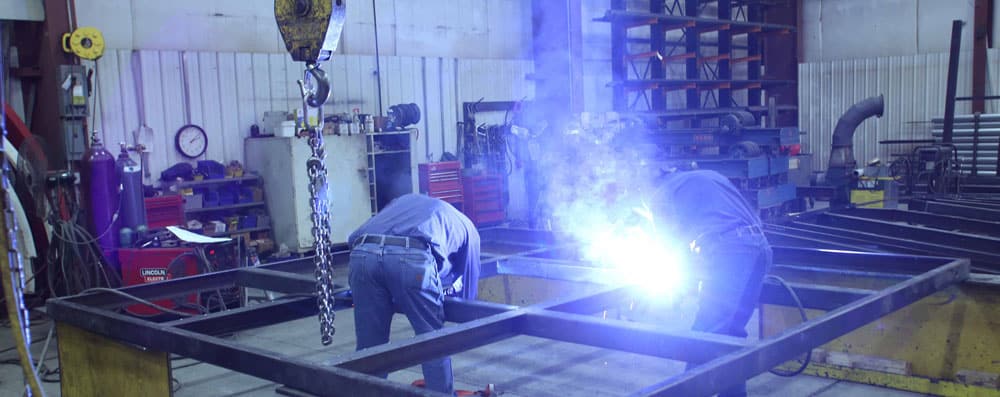
How Should a Plant Ventilation System be Designed?
An industrial ventilation system for welding can be either an ambient or source capture system. Both provide ventilation solutions, but in different ways.
An ambient system circulates all the air in the facility through a dust collector. Then it returns clean air. This removes weld fumes from the whole space.
A source capture system has ventilation points at the areas where the welders work. Examples of these points can be fume arms, hoods, or downdraft tables. The air pulls the fumes directly away from the welder’s breathing area. The plant ventilation system filters the air through a dust collector.
You can use both kinds of systems for industrial ventilation. Source capture works well when the dust comes from individual machines or work areas that don’t move around. Install a hood or arm to handle ventilation from those sources.
Applications can include fume extraction from robotic weld cells or welding stations. In other instances, they can include bin vents, blenders, and conveyors. Source capture can usually manage any process that generates dust.
Connect a hood, fume arm, or downdraft table to the general air ventilation system. Design the system with many “drops,” or source capture points. This requires a skillful system designer to balance the airflow. A badly designed system may not have consistent ventilation in all areas of the plant.
An ambient system works well for cleaning all the air in the facility. An industrial ventilation system like this might be used when people are creating fumes by welding in different areas or moving around. If source capture points can’t catch everything, an ambient strategy may be needed. This will ensure the plant ventilation system is sufficient.
Industrial Ventilation Systems for Welder Health
With so many ventilation solutions possible, you can protect welders in every type of facility from weld fume health hazards. Have your system designed by a trained pro will make sure every area of the facility has clean air.
If a hazard can’t be removed completely, OSHA and other safety groups like ACGIH recommend engineering controls. A plant ventilation system is a form of engineering control. Welders need to work around weld fumes. The best way to minimize the risk is to remove the fumes before they can cause harm.
Make sure welders in your facility stay healthy. Contact us about an industrial ventilation system designed for your needs.
Read more

 2018 was another great year for the Imperial Systems Annual Chili Cook-Off. There were a total of twelve chilis to try in varying heats ranging from mild to hot. After a taste (or two) of all the chilis, taste testers were able to cast their votes for their three favorite chilis.
2018 was another great year for the Imperial Systems Annual Chili Cook-Off. There were a total of twelve chilis to try in varying heats ranging from mild to hot. After a taste (or two) of all the chilis, taste testers were able to cast their votes for their three favorite chilis.

 When I began my career as a young draftsman, I was under the tutorship of a Man-Named-Earl. Every day at noon Earl would take his brown bag lunch off to the break room and meet up with several other co-workers for a friendly little card game. The game was called Tonk, and I, being “easy prey” was quickly invited to join the game.
When I began my career as a young draftsman, I was under the tutorship of a Man-Named-Earl. Every day at noon Earl would take his brown bag lunch off to the break room and meet up with several other co-workers for a friendly little card game. The game was called Tonk, and I, being “easy prey” was quickly invited to join the game.

 The Rhino Drum is a third party tested and NFPA approved product that takes the place of an airlock for passive explosion isolation. In explosion testing, the Rhino Drum handled up to 7 psi. It meets the
The Rhino Drum is a third party tested and NFPA approved product that takes the place of an airlock for passive explosion isolation. In explosion testing, the Rhino Drum handled up to 7 psi. It meets the 


